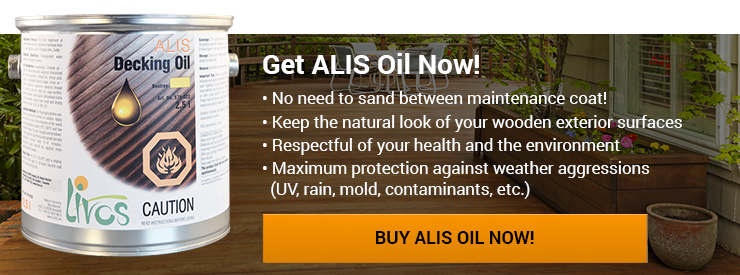A wood retaining wall converts hills in your yard into an easily navigable land. The disadvantage of these wooden walls is that they can rot quickly. You must find the right product to protect your retaining wall. Here’s how you can protect your wood retaining wall in three easy steps:
WHY DO WOOD RETAINING WALLS NEED TO BE PROTECTED?
One major reason retaining walls need protection is the fact they are in constant contact with wet soil. Retaining walls are built on your property to hide soil behind it, so it retains a difference in ground level; often used for erosion control, so soil can’t slide away. However, when the soil gets wet, it becomes heavy and, as a result, puts a strain on your retaining wall and causes drainage issues.
Furthermore, the risk for rot will be highest in humid conditions with a high precipitation rate. You will have to spend more to keep your wooden retaining wall protected in such an environment compared to an area which is mainly dry and sunny. Here are some key factors to keep in mind when building a wood retaining wall.
STEPS TO PROTECT A WOOD RETAINING WALL
If you follow these easy steps, you will be able to protect your retaining walls for years to come.
1. CHOOSE THE RIGHT WOOD
To best protect wood retaining walls, you need to acquire high-quality materials to assure they stay sturdy for as long as possible and avoid rotting. The most logical type of wood for you to use for this would be foundation contact wood. Particularly, pressure-treated wood that has a rating of .40 or higher. This kind of wood is conditioned to withstand underground conditions, including soil humidity, allowing for it to hold up against rot and the effects of bad weather.
There are various ‘ground contact’ rated wood types for these walls, but they are expensive. On the contrary, redwood is a more inexpensive option that blends well with your landscape, presenting a more aesthetically appealing look. Used rail ties are another option and, like redwood, is weather resistant.
2. PROTECT THE WOOD BEFORE INSTALLATION
The best way to keep your retaining wall from rotting is to protect it before installation, or double treating it. The best outdoor wood treatment is to make sure it is preferred for the elements before deciding to use it.
One way to protect wood is to use a wood preservative, which forms a tough barrier to for moisture and rot to break down over an extended period. You can apply wood preservative using a paint brush, use a solid insect repellant like creosote or weather sealer.
You can also stain the wood and use a sealant so that it is finished well and protected from bad weather. An outdoor-friendly wood stain should do the trick as it will help your retaining wall withstand extreme heat or cold as best as possible. A proper sealant adds another protective layer between your wall and the contrasting weather conditions. Just make sure to do your staining and sealing on a clear enough day, using a paintbrush or a roller to apply the stain before applying the sealant. Be diligent and consistent in applying the sealant as exposed wood which is not re-sealed and directly exposed to water or the ground will rot faster than normal.
Make sure to choose a high covering product as well, one that is ecological and as natural as possible.
Here are some detailed steps you should use to protect the wood:
- Wash the wall (or wooden planks).
- Apply the product with a paint brush, two coats of stain, and one coat of sealant. Make sure when cuts are made to treated timber that you get those exposed cuts sealed.
- Your retaining wall will have to dry a few days, rain notwithstanding.
3. FORM A BARRIER BETWEEN THE WOOD AND THE GROUND
Using a barrier between the treated wood and the ground also ensures the best outdoor wood treatment for your wall and helps keep away any rot or decay. Staple a water-resistant tarp to the side of your wall that will make direct contact with the soil.
As an alternative, you can erect a mini retaining wall, using stones and/or pebbles which you place between the main wall and the ground.
To protect your retaining wall, you will need the right materials, such as quality wood and adequate protective products. To learn more about wood preservatives, sign up for Livos Training.


